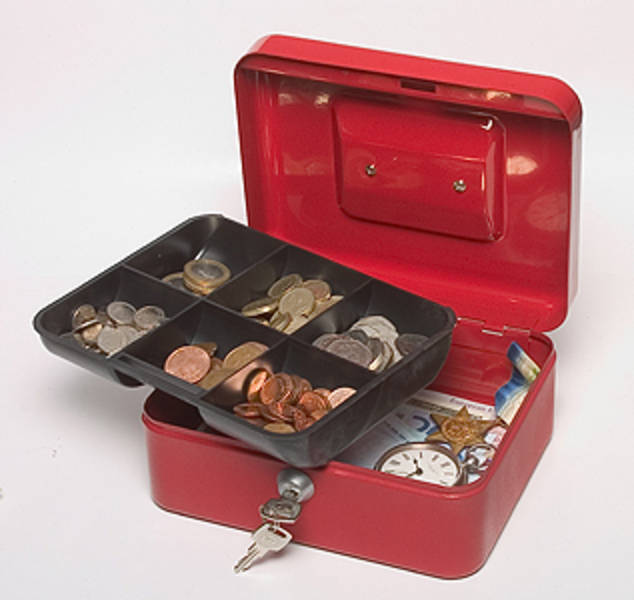When I first broke out on my own as a freelance accountant, I spent quite a bit of time at my husband’s auto repair shop assisting with the bookkeeping duties. Vendors came in frequently throughout the day to deliver parts for cars and many of them required cash on delivery. When a check couldn’t be cut and signed, the clerks used the Petty Cash fund to pay the bill. Below are my favorite tips to share with clients.
Set a maximum amount for the petty cash box. The best way to determine the proper amount of petty cash is to look historically at what your business spends cash on and how often you have “emergency” needs. Most small businesses do well with around two hundred dollars as a good starting point and then adjust as needed. If you find that your business has frequent “emergencies” monthly and you’re constantly dipping into the petty cash, it may be time to step back and re-evaluate your processes instead of increasing the fund.
Set a refill schedule. Moving cash from your business checking to your petty cash each time money is spent is tedious and time-consuming. Bearing in mind the frequency of your petty cash use, set up a schedule to turn in receipts for reimbursement of the fund weekly (for high use), monthly (for regular use), or even quarterly (for infrequent use). Always make sure to replace funds at year end to take advantage of tax deductions.
Appoint a Petty Cash Custodian. This person is the gatekeeper of all funds and all receipts. Choose a trustworthy individual who’s frequently available for such requests. If you need more than one custodian due to scheduling, keep the list small. The fewer hands in the pot, the better. Your custodian will oversee handing out cash, ensuring receipts and change are returned, documenting transactions, performing a reconciliation, and requesting additional money as the fund is depleted. A secondary custodian (or an accounting professional) should be chosen to enter the transactions into your bookkeeping and verify the reconciliation the petty cash account.
Keep a log of all receipts. Receipts, email confirmations, and packing slips will be the ticket to replacing funds in the petty cash box. These documents are considered source documents; without them, you cannot prove your cash purchases are business-related. Some businesses choose to put all their receipts in a shoebox; others keep a pen & paper or excel log sheet to capture receipt information. I personally love leveraging technology to accomplish this task. Software like Hubdoc or Receipt Bank allows you to take photos of receipts from your phone and then pull the pertinent data automatically. A photo of the receipt is saved in perpetuity and can then be set up to integrate seamlessly with popular accounting software like QuickBooks Online or Xero. The best part is you’ll never again have to squint at a faded receipt while an auditor is breathing down your neck!
Reconcile Often. Reconciling your petty cash is paramount to ensuring theft and mistakes aren’t happening and a proper accounting of your expenses is taking place. I provide my clients with an easy-to-use spreadsheet to assist in this duty. Your petty cash should be reconciled just like any other bank or credit card account. Though your custodian will likely perform the initial reconciliation, I always suggest having it reviewed by a second person (good internal controls prevent theft!) prior to cutting a check to replenish the account.
Using these tips to ensure proper set up of your petty cash box will save you hours of headaches and worry for years to come!
——–
Kristy Monahan is the Chief Solutions Officer and resident App Addict at Dynamic Bookkeeping near Seattle, WA. When she’s not counting petty cash at her husband’s shop, she can be found making lives easier for her bookkeeping and payroll clients. To learn more about Dynamic Bookkeeping, visit http://www.dynamic-bk.com.
Thanks for reading CPA Practice Advisor!
Subscribe Already registered? Log In
Need more information? Read the FAQs




